The images below explore poison ivy, oak, and sumac plants as they change through the seasons. These plants exhibit distinct transformations throughout the year. These images capture their varying appearances, aiding in accurate identification.
Remember: If you touch poison ivy, oak, or sumac plants and get their rash-causing oil on your skin, remove it as soon as possible. This will help prevent getting a rash. Make sure to also clean the oil from your clothes, tools, and anything else that touched the urushiol. This will help avoid spreading it to your skin.
Poison ivy images:
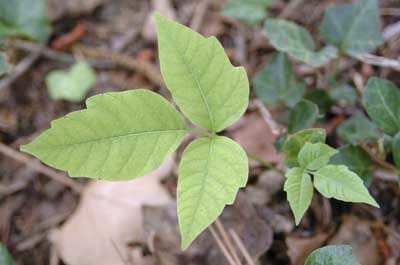
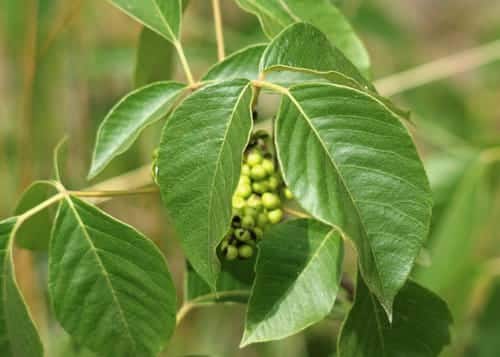
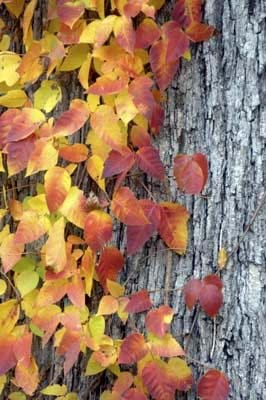

Poison Oak Images:
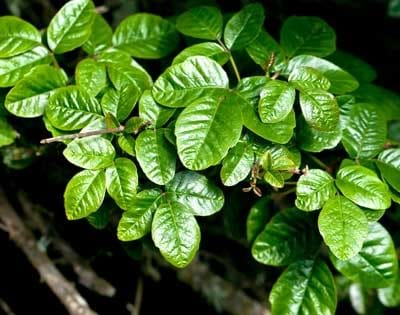
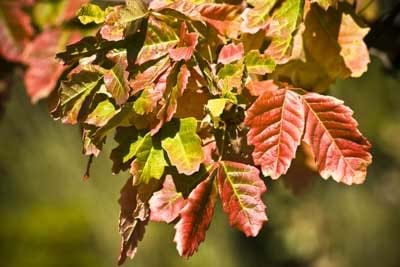
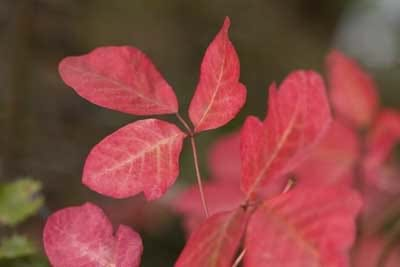
Poison sumac images:
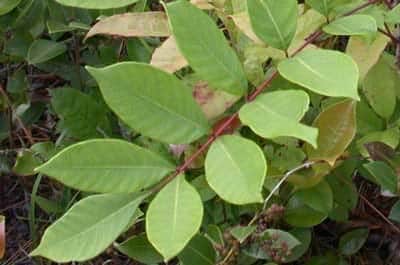
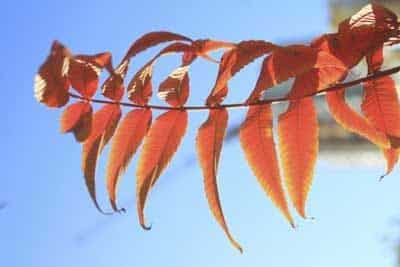
Where can you find poison ivy, oak and sumac plants?
Poison Ivy:
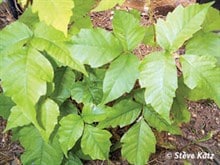
Poison ivy grows across much of North America, excluding Newfoundland and certain regions. It exists as a shrub up to about 4 feet tall, a groundcover, or a climbing vine. The leaves consist of three almond-shaped leaflets. They range in color from light to dark green and transform to vibrant red in autumn. The berries are grayish-white.
Poison Oak:
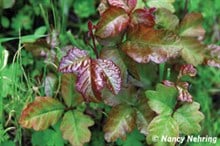
Poison oak grows along the Pacific and Atlantic Coasts of North America. Poison oak thrives as a shrub in sunny areas or a climbing vine in shaded regions. The three leaflets resemble true oak leaves. They can appear bronze, bright green, yellow-green, or reddish depending on the season. Poison oak will produce greenish-white or tan berries.
Poison Sumac:
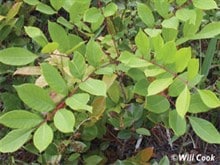
Poison sumac grows in wet, flooded soils of the eastern United States. They may grow as far west as Idaho and north into Canada. It grows as compound leaves with 7-13 leaflets. You can identify poison versus regular sumac by its red-veined stems. This shrub produces small white or grey berries.




